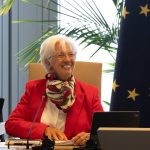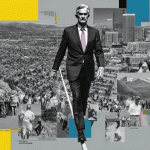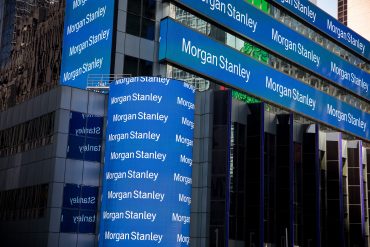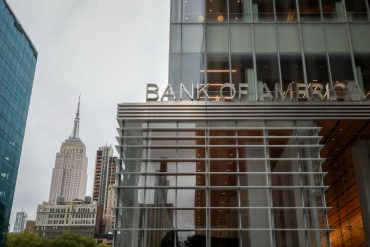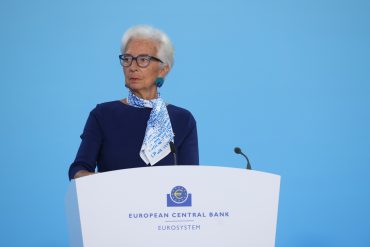
- Central Banks
- Interest Rates
- Monetary Policy
ECB Holds Interest Rates at 2% After Eight-Cut Easing Cycle
5 minute read

European Central Bank pauses rate cuts amid stable inflation and growing trade tensions with United States
Key Takeaways
- ECB holds rates at 2% after eight consecutive cuts since June 2024, pausing monetary easing amid trade uncertainty and inflation returning to target levels.
- Trade tensions with US drive caution as potential 30% tariffs on EU exports and euro’s 13% gain against dollar create economic headwinds for European exporters.
- Tech sector faces financing stability but reduced growth prospects as borrowing costs plateau and companies shift focus toward operational efficiency over expansion.
Introduction
The European Central Bank maintains its benchmark interest rate at 2% as policymakers navigate between controlled inflation and sluggish economic growth. The decision marks a significant pause in the central bank’s aggressive easing cycle that delivered eight rate cuts over the past year.
ECB President Christine Lagarde describes the eurozone as being “in a good place” with the cost of living crisis largely resolved. The pause reflects growing uncertainty around trade relations with the United States and the euro’s strengthening position against major currencies.
Key Developments
The ECB’s rate hold follows a dramatic monetary policy shift that began in June 2024. Interest rates fell from 4% to current levels through seven consecutive cuts as the central bank battled economic stagnation and deflationary pressures.
Inflation has stabilized around the ECB’s 2% target, rising slightly to 2% in June from 1.9% in May. This modest uptick provides policymakers breathing room to assess external economic pressures before implementing further monetary stimulus.
The decision comes as the euro strengthens significantly against the dollar, gaining 13% this year to reach $1.17. ECB Vice President Luis de Guindos warns that any sharp move above $1.20 could create “much more complicated” economic conditions for eurozone exporters.
Market Impact
European financial markets absorb the rate decision as investors weigh stability against growth concerns. The pause signals the ECB’s shift from crisis response to watchful monitoring of economic indicators and external pressures.
Currency markets reflect ongoing tensions as the euro’s strength creates both opportunities and challenges. Lower import costs from euro appreciation help contain inflation but threaten export competitiveness across key European industries.
Bond markets show resilience with borrowing costs remaining historically low despite the pause in rate cuts. Corporate financing conditions remain supportive for business investment, though companies exercise increased caution amid trade uncertainties.
Strategic Insights
The technology sector faces a complex environment where financing stability meets growth uncertainty. Companies benefit from continued low borrowing costs but confront potential supply chain disruptions and market access challenges from escalating trade tensions.
European tech firms adopt defensive strategies, prioritizing operational efficiency over aggressive expansion. The stable rate environment supports existing investments while encouraging companies to optimize costs and strengthen balance sheets.
Trade policy risks create particular challenges for export-oriented technology companies. Potential US tariffs of up to 30% on European goods force firms to reassess pricing strategies and market positioning in their largest overseas market.
Expert Opinions and Data
According to The Guardian, Lagarde emphasizes the need for future-focused strategies while maintaining the ECB’s “wait and watch” approach to monetary policy.
Mathieu Savary from BCA Research suggests the current pause might precede substantial rate cuts at future meetings to prevent economic stagnation and deflation. His analysis points to potential policy flexibility as economic conditions evolve.
The ECB acknowledges persistent uncertainty in its official communications, stating “the environment remains exceptionally uncertain, especially because of trade disputes.” This language signals continued data-dependent policy decisions rather than predetermined rate paths.
Market surveys reveal modest private sector output growth despite stagnation in major economies including France and Germany. Unemployment remains historically low while inflation pressures moderate, creating a complex backdrop for monetary policy decisions.
Conclusion
The ECB’s decision to maintain rates at 2% provides monetary stability while acknowledging significant external economic pressures. The pause represents a strategic shift from aggressive stimulus to careful observation of trade developments and inflation dynamics.
European businesses, particularly in the technology sector, operate within a framework of stable financing costs but heightened uncertainty about future market conditions. The central bank’s data-dependent approach reflects the complex interplay between domestic economic stability and global trade tensions that will shape policy decisions in coming months.



